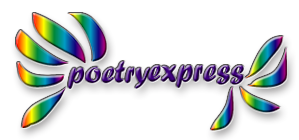As you read, write, and discuss poetry, you'll begin to think about language and communication in new ways. In a poem, for instance, a decision on word choice may depend as much on sound as on meaning. A sharp visual image may resonate with political or spiritual implications. And memorable phrases can be woven into haunting incantations.
The ideas and suggestions in this section introduce some key concepts for readers and writers of poetry.
Alliteration refers to the repetition of initial sounds of words, assonance to the repetition of vowel sounds within a word, consonance to the repetition of consonant sounds within a word, and rhyme to the repetition of both vowel and consonant sounds, especially, but not necessarily, at the end of a line.
A poem's form is partly visual: its look on the page. George Herbert's "Easter Wings" is an example of striking visual form, as is e. e. cummings' "r-p-o-p-h-e-s-s-a-g-r." But visual form also works in less obvious ways. The lean, spare look of most Emily Dickinson poems complements her terse style, while the long, sweeping lines of Walt Whitman accentuate his bold, expansive message.
Figurative language works by implication and often by indirection, which may account, in part, for the impression that poetry is hard to understand and needs to be interpreted, unlike a news article, where the language is literal and straightforward, the meaning self-evident.
Page 1 of 2
